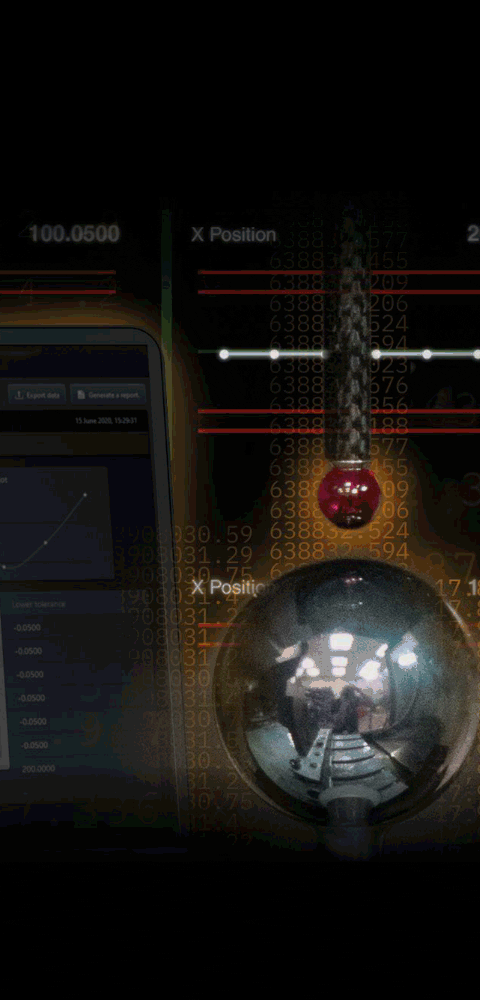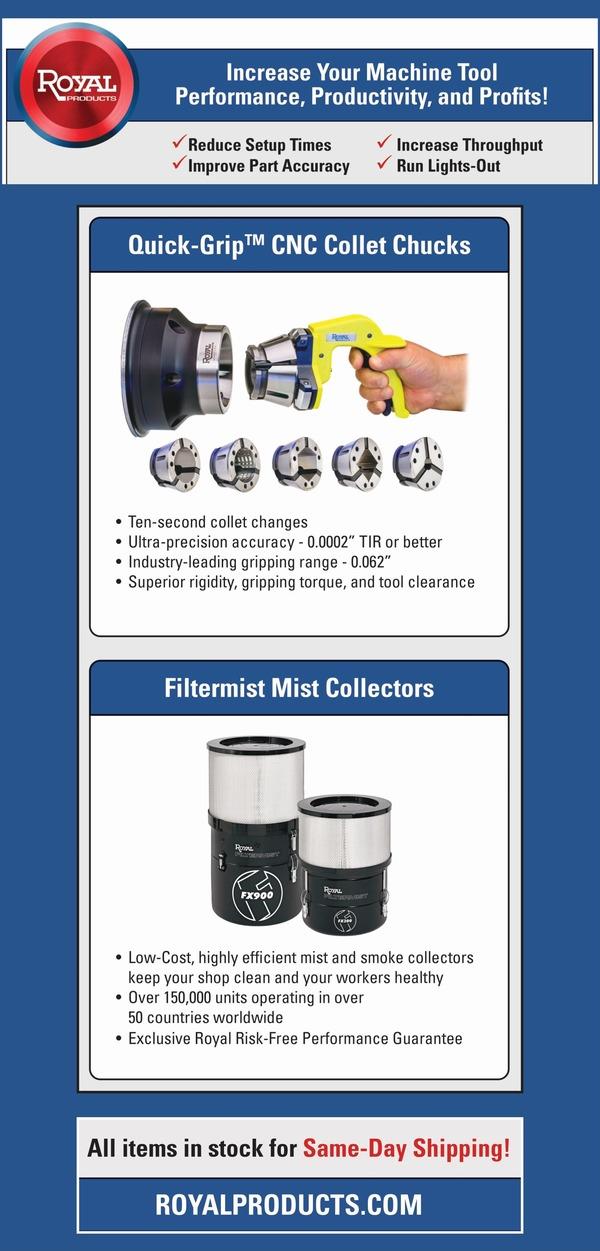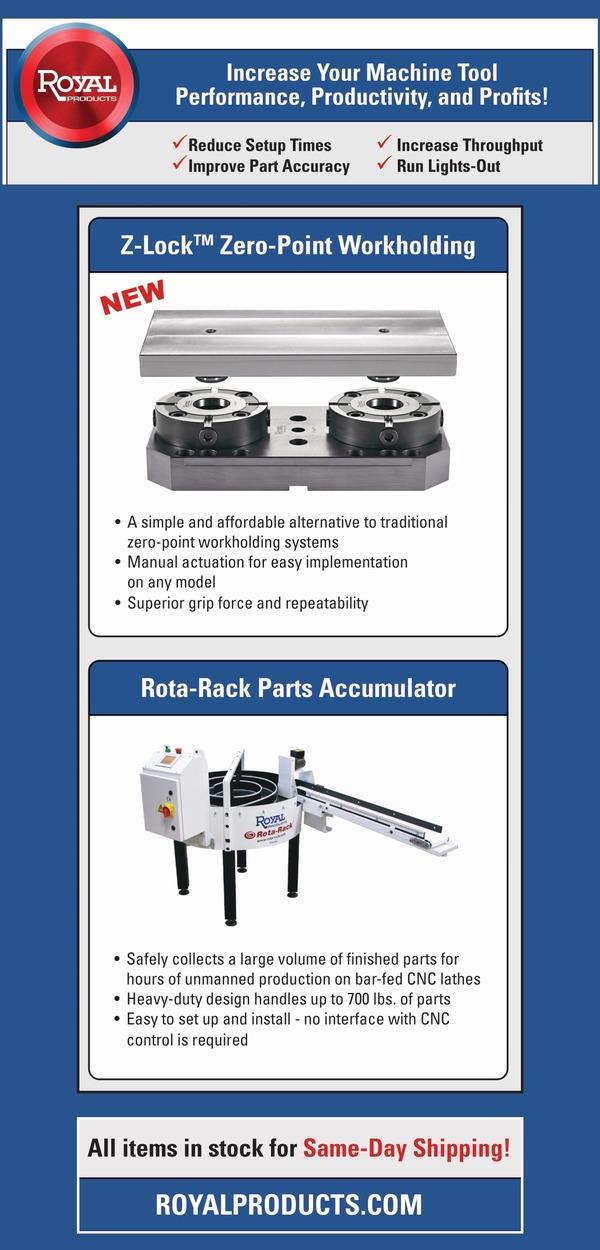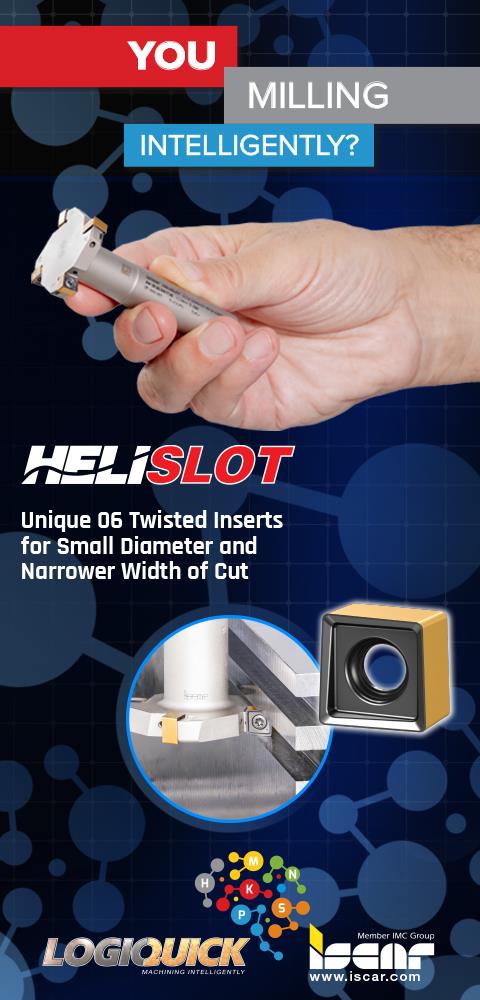








RFID Lens Enhance LensLine Monitoring Capabilities
April 1, 2014
TRUMPF has enhanced its LensLine sensor system for 2D laser cutting machines by combining it with a radio frequency identification (RFID) lens to achieve greater accuracy, process reliability and user friendliness. The LensLine condition monitoring function is intended to improve the reliability of cutting processes and reduce the frequency of lens cleaning.
"When cutting sheet metal with high power lasers, dirt particles accumulate on the focusing lens in the laser cutting head," said a company spokesperson. "The machine operator must regularly check, clean or replace the lens to ensure process reliability. With a visual inspection, transparent deposits are not easy to detect. The enhanced condition monitoring function of the LensLine sensor system analyzes the degree of contamination faster and more accurately."
The RFID lens is a standard feature of all TRUMPF TruLaser Series 3000 machines with a CO2 laser. The RFID chip attached to the lens records condition monitoring data and other information such as when the lens has been cleaned. The condition monitoring test can also be carried out automatically, at predefined intervals. The test results indicate exactly when the lens needs to be cleaned so operators can optimize the cleaning cycle without time consuming visual inspections or preventive maintenance. The schematic display provides a complete overview of the lens cleaning cycle so the operator must only intervene when absolutely necessary. According to the company, the LensLine enhancement enables customers to cut cleaning times by up to 40%.
"The LensLine RFID technology also increases the reliability of the cutting process by ensuring that only lenses with the correct focal length are installed in the machine, in the correct orientation," said the spokesperson. "This LensLine sensor system not only delivers objective, accurate measurements indicating the degree of lens contamination, but also provides additional protection if the lens is not cleaned at the prescribed intervals. If particles accumulate beyond a certain concentration, the lens may absorb too much laser energy causing it to overheat, or in the worst case, start to decompose. LensLine detects the first signs of this thermal degradation process and responds by switching off the laser within a few milliseconds. Once the lens has been replaced, the cutting process can be continued safely."
For more information contact:
TRUMPF Inc.
Farmington Industrial Park
Farmington, CT 06032
860-255-6000
www.us.trumpf.com
< back